Apple has finally implemented a maps app in the OS X platform, and it seems to have been worth the wait. After being noticeably missing from the system, Maps (and iBooks) are helping achieve a greater consistency between the iOS and OS X platforms. After running the free Mavericks update, the Maps app icon will automatically be added to your dock.
In this guide, we’ll show you how to use the new app for everything from searching for locations to getting turn-by-turn directions set directly to your iPhone.
To find a location:
Search for a location by typing its name in the search area at the top right. Taking advantage of auto-fill is a good strategy for this. The location search result will be displayed with a red push-pin icon. Clicking the icon displays the address or location name with an “i” icon to the right of it. Clicking the “i” icon allows you to add the location to contacts, bookmark it, get directions to it, or report a problem with the map. At the top right there is a share icon, which can be used to share the results of the search. The distance from your current location is also displayed.
To navigate within maps:
Navigation within OS X Maps is generally similar to iOS Maps, especially when using a trackpad.
- On a trackpad, pinch gestures zoom in and out, and the rotate gesture reorients the map.
- Using a keyboard, Command+ zooms in, and Command- zooms out.
- Click, hold, and drag to recenter a map within the app window.
- The + and – icon on the bottom right control the zoom level.
- The red arrow icon at the bottom right reorients the map position.
To use different viewing options of the Maps app:
Use the Standard, Hybrid, and Satellite tabs at the top center to indicate which view of the map you need. In the Standard view you get a visually simple view of a map with no satellite imagery.
In the Hybrid view, the gorgeous maps include neighborhood names and sections of cities such as Little Italy or Old Town. In some cases they include little-known historical names for relatively small areas of older cities.
The Satellite view displays imagery with no overlay of the road names or attractions. Below is a view of Los Angeles with Standard on the left, Hybrid in the middle, and Satellite on the right.
If you click the buildings icon on the top left to activate 3D mode, topography and city centers look very sharp. The images below are the result of using 3D mode.
To display your current location:
Click on the navigation icon at the far left of the toolbar at the top. Your current location will be displayed with a blue dot in the center of the screen if location services are turned on on your Mac.
To get directions:
Click the “Directions” button in the toolbar near the top left. In the sidebar that opens on the right, the “Start” field will be set to “Current Location” if location services are turned on. Type your destination in the “End” field, and if necessary type your starting point in the “Start” field. The suggested routes will be displayed below. For walking directions, click on the icon of the pedestrian in the top left of the sidebar. Directions can be saved by clicking the Share icon and choosing Add Bookmark.
To view traffic, construction, and alternate routes:
When you are getting directions, click on the cars icon on the top left to see traffic and roads on your route that are under construction. The sidebar on the right will indicate how many suggested routes there are at the top. In the map, alternate routes are indicated with the transit time displayed for that route. Clicking on the time changes the turn by turn directions on the sidebar in the right to that route.
To drop a pin and bookmark locations or directions:
To drop a pin at an exact location, you can right click on that location and choose Drop Pin, or choose “Drop Pin” from “View” on the menu bar. The resulting pin will be purple, and clicking it will display the location name with an “i” icon to the right of it. Clicking the “i” icon allows you to bookmark and share that location.
To share locations or directions:
The sharing icon at the top left of the Maps app allows you to share directions or a location by Email, Messages, Facebook, Twitter, and via iCloud to iOS devices that are logged into the same iCloud account. It also has options to add a location to bookmarks or contacts.
To show the scale of the map:
The scale of the map can be displayed by choosing View on the main menu and then clicking Show Scale. The scale is displayed at the bottom left.
To print locations or directions or save as PDF:
The app has an “export to PDF” option in the File menu. When you print or save directions as a PDF, you’ll be able to choose from several options, such as the ability to include a large overall map, along with a smaller map for each turn.
To use maps in Mail, Contacts, and Calendars:
The overall integration with OS X appears in obviously-helpful places like the Mail, Contacts, and Calendar apps. In Mail, if you move the cursor over an address, a grey dotted border around the address. Clicking on the triangle at the bottom right of it gives the option to open the address in Maps.
In Contacts, a Show Maps button appears when you mouse over an address. In the Calendar app, events that have a location indicated display a small map of the location in the event details view. Clicking the map in the details view opens the Maps app to that location. Clicking on “Add Alert, Repeat or Travel Time” displays a Travel Time pop-up menu that calculates the travel time and allows you to add it to the calendar entry.
To use the Local Search feature:
In Standard or Hybrid mode, icons of local attractions like restaurants, theaters, museums etc, are displayed. Like other locations, clicking the icon displays the location name, with an “i” icon to the right of it. Clicking the “i” icon displays additional info, sometimes from Yelp. It also allows you to add the location to contacts, bookmark it, get directions, report a problem or share. This is handy so restaurants can be added to contacts, and other points of interest can be added to bookmarks.
The video below demonstrates the look and feel of Maps for OS X:
[youtube http://www.youtube.com/watch?v=itjnb8HPRPw&feature=youtu.be]
Map bookmarks do not sync across devices. A potential improvement would be if iCloud someday has a setting to sync map bookmarks between devices like Safari bookmarks. In the directions sidebar, there is no option for public transit, but the possibility for one in the future exists. Bringing the Find My Friends app to OS X would provide even greater consistency.
Maps is an excellent addition to OS X. The rich features and seamless integration make OS X more efficient by avoiding the need to use a third party mapping app for most families and businesses. Being able to use the Maps app on an iMac screen is a really nice option if you are planning a vacation or business trip. Having the Maps app integrated in this way provides a much more seamless, cohesive workflow in OS X when location data is involved. Additionally, the ability to aggregate a list of bookmarked locations and directions on the computer with a truly integrated app is very helpful for business.
FTC: We use income earning auto affiliate links. More.

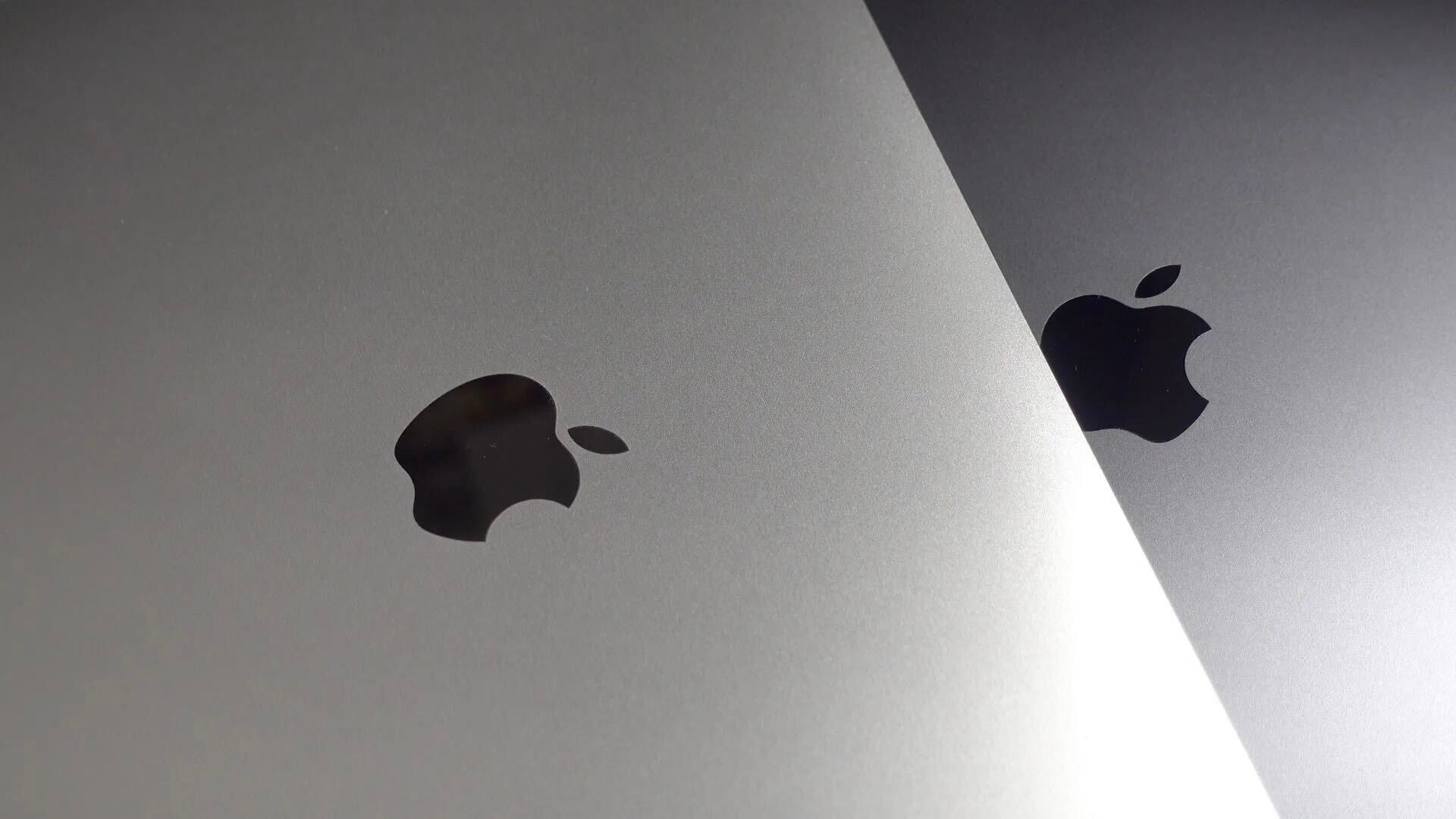
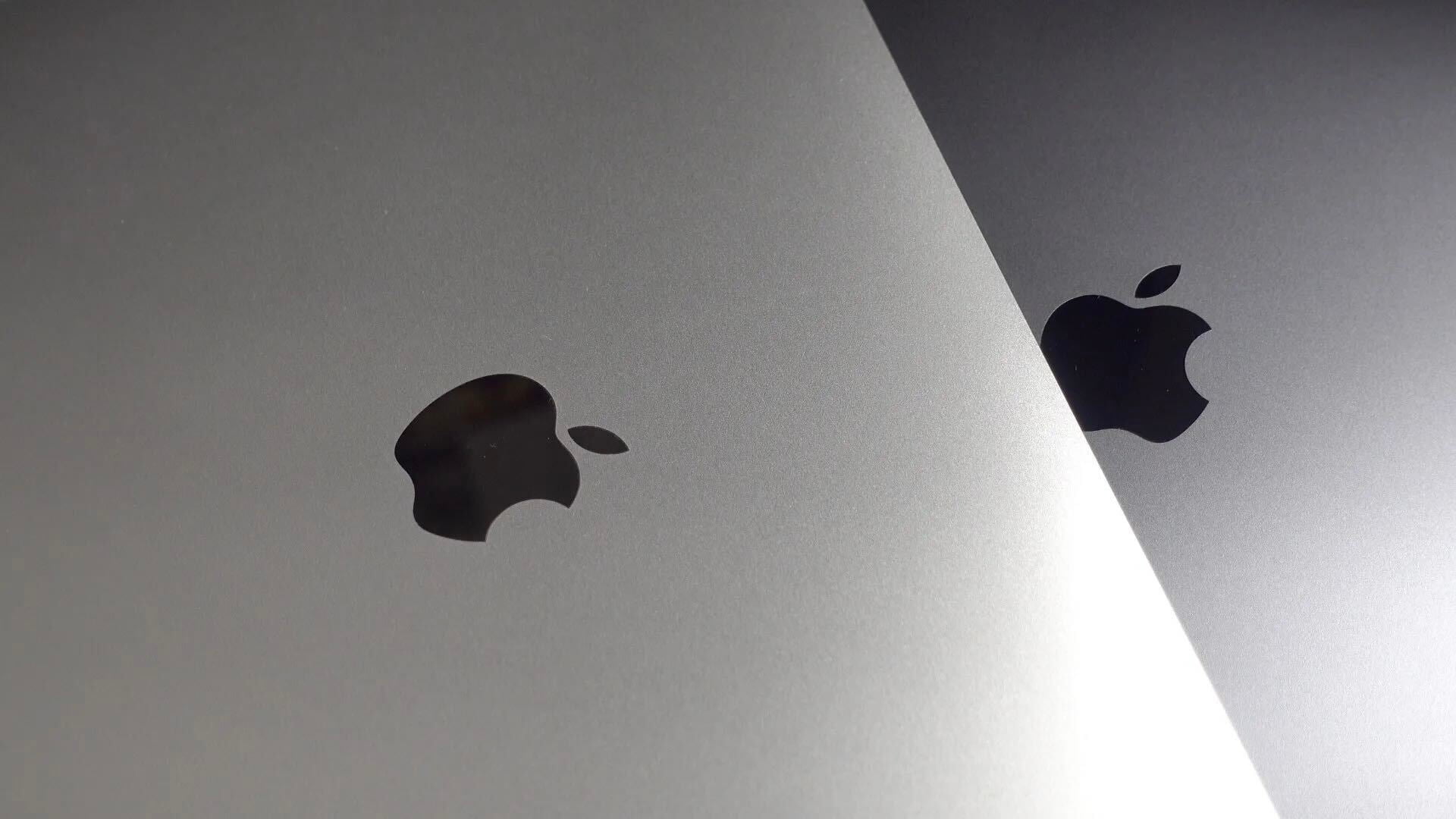
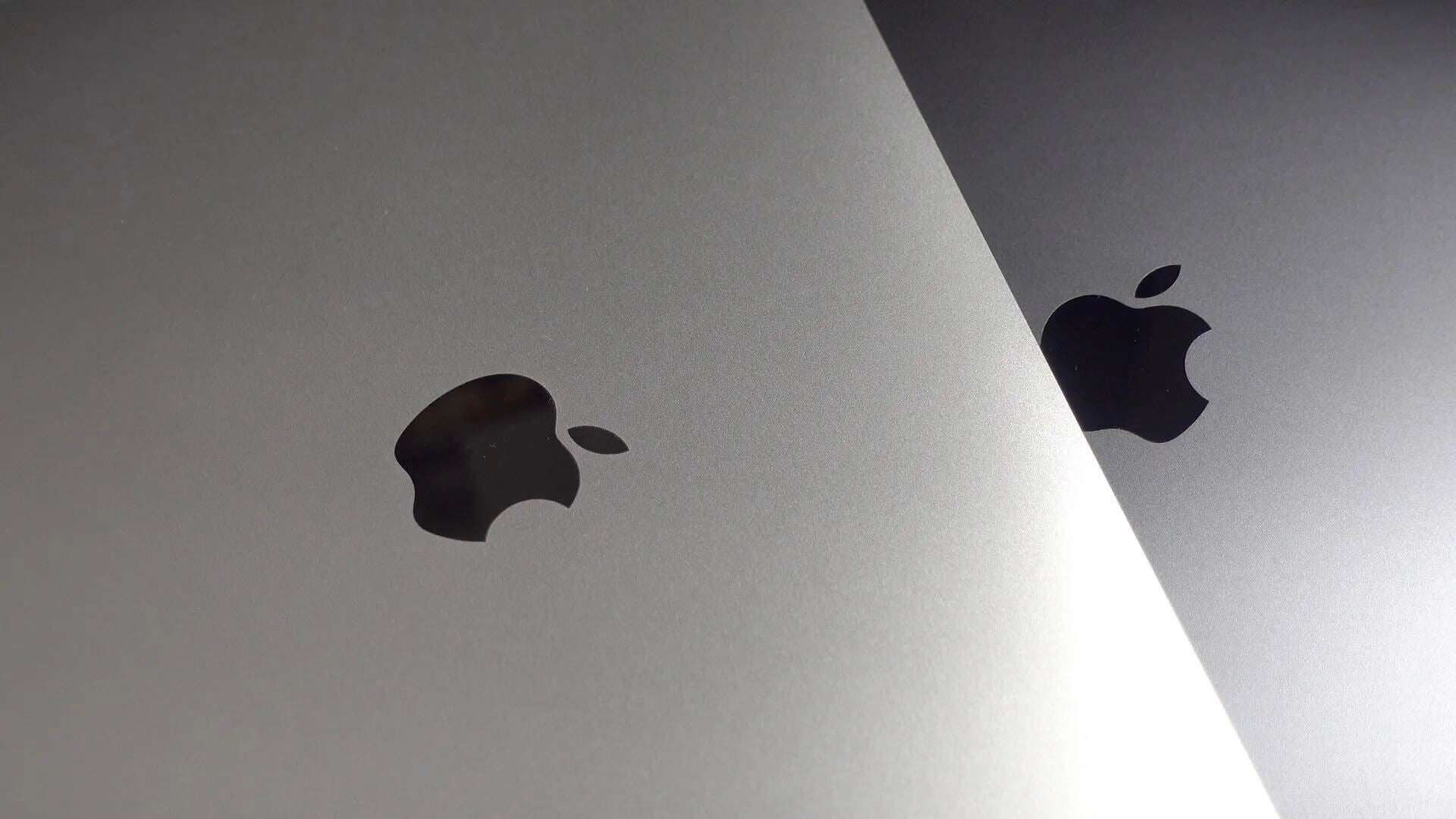

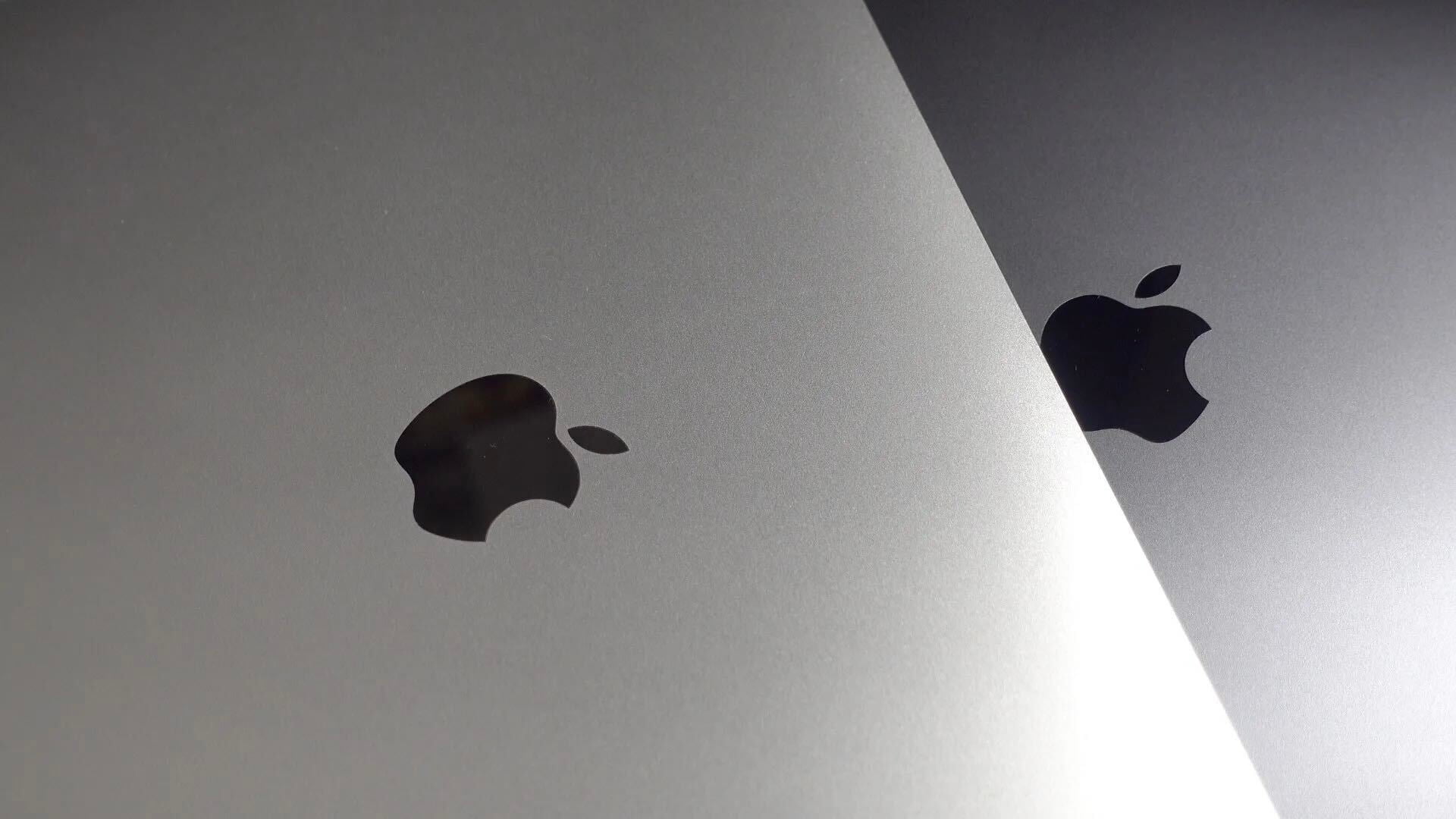
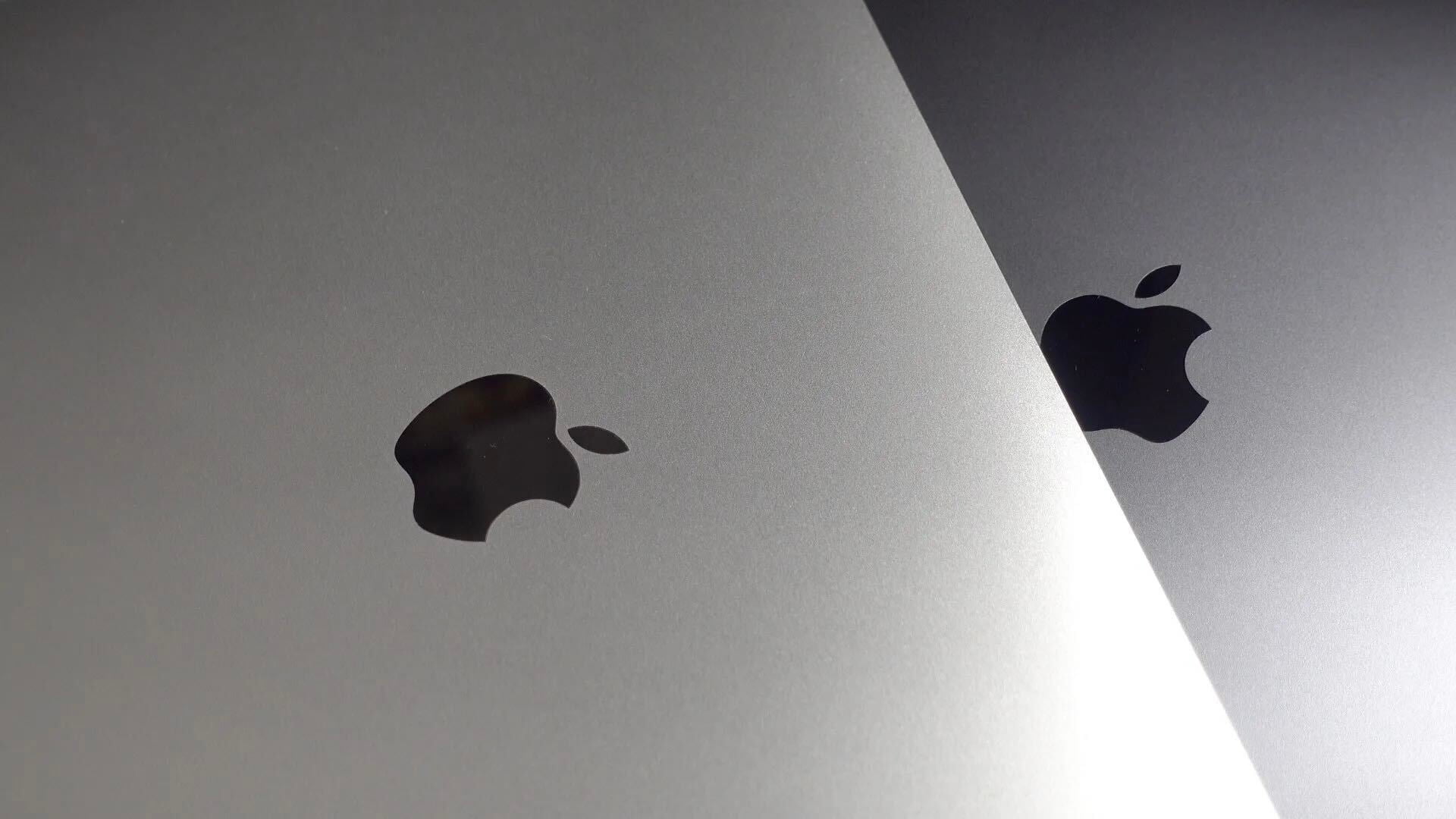
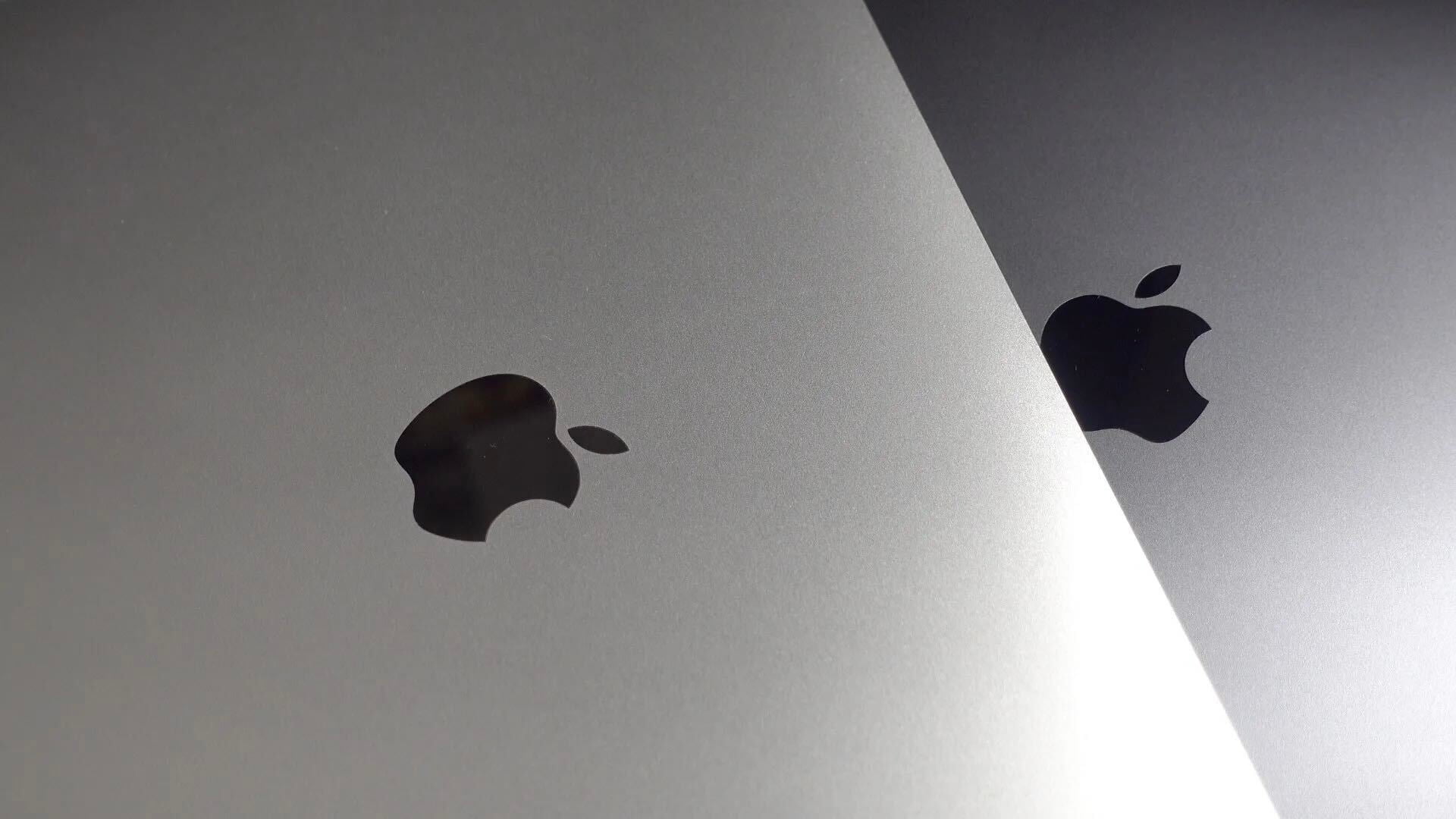
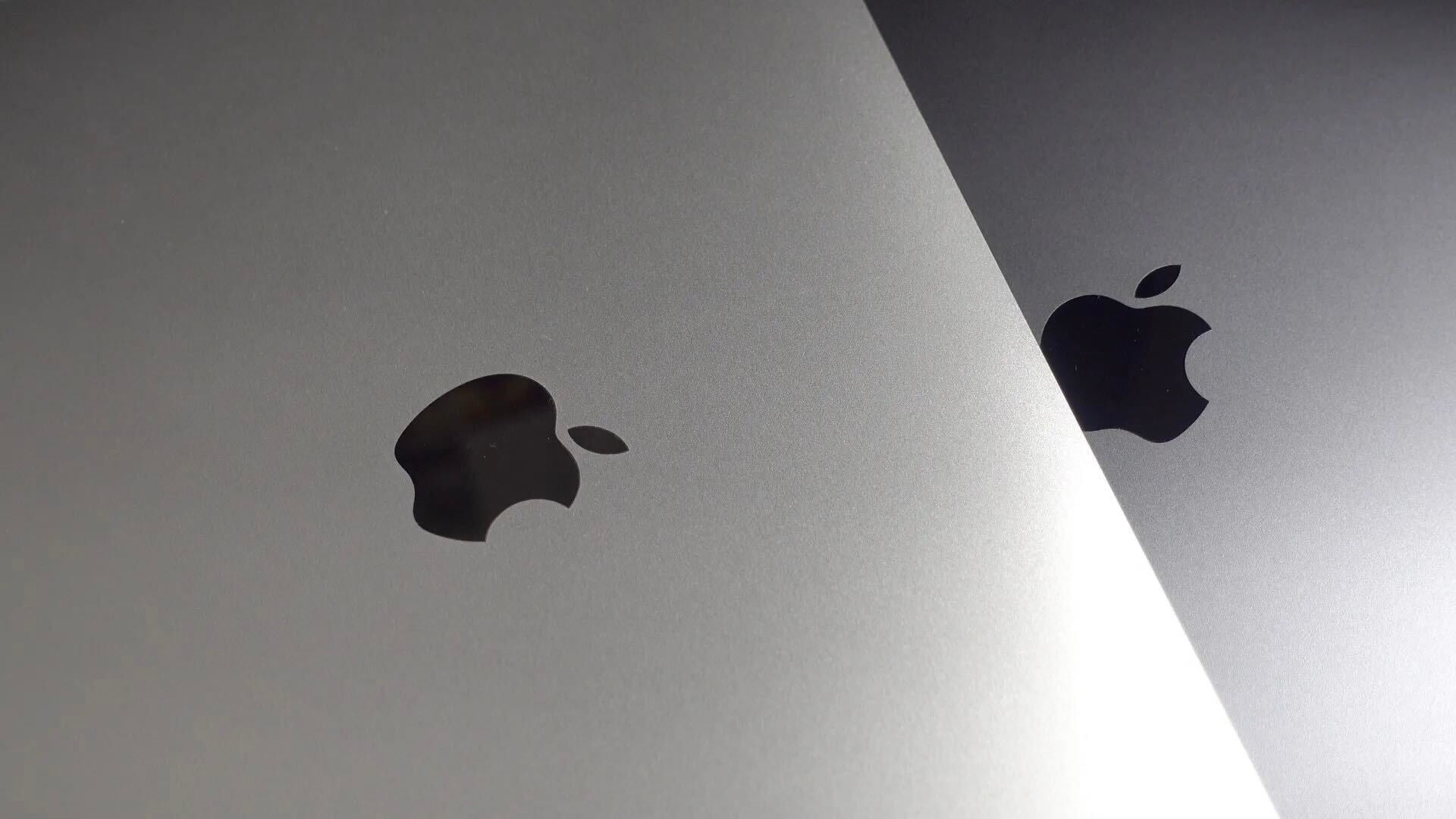


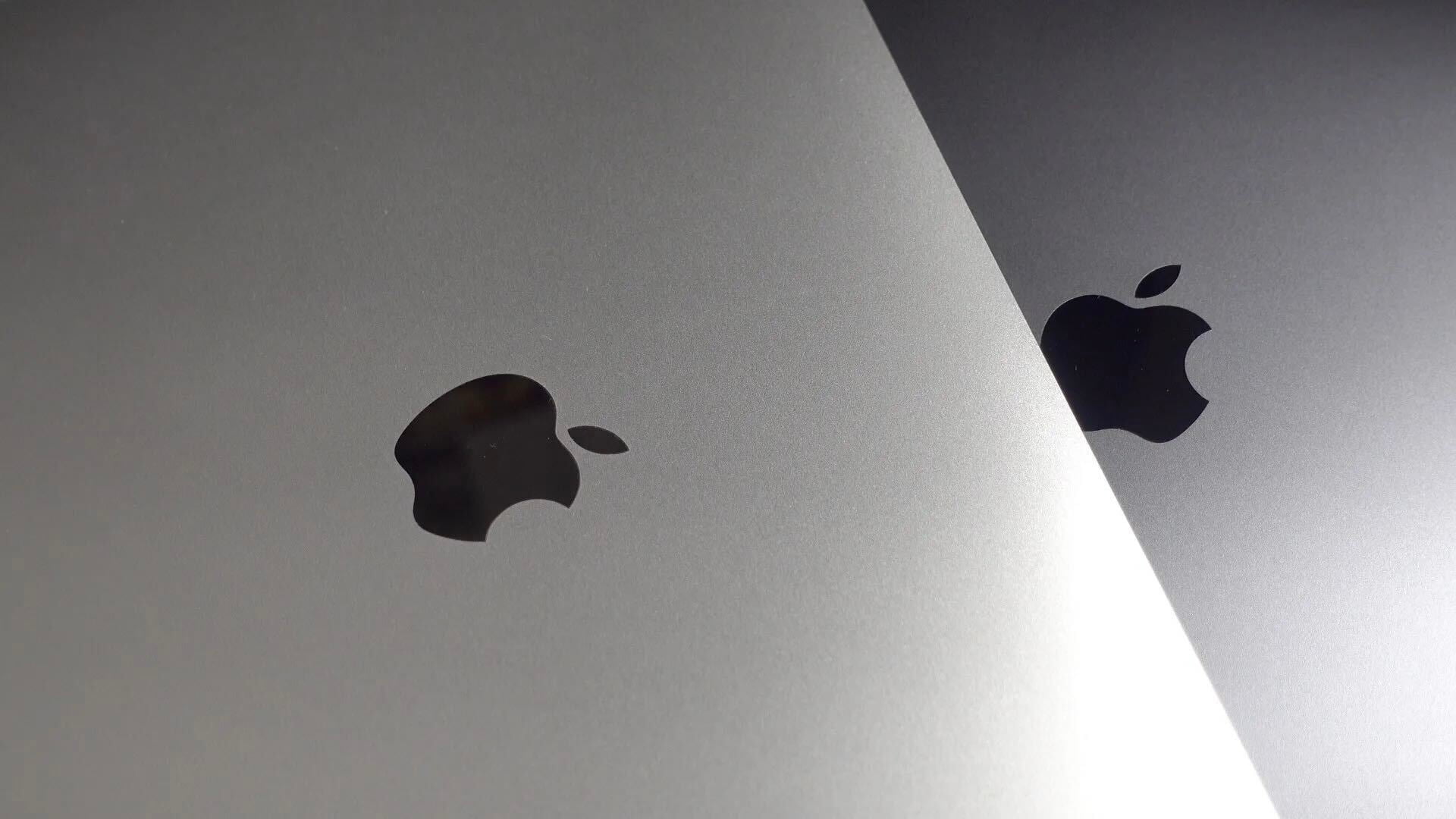
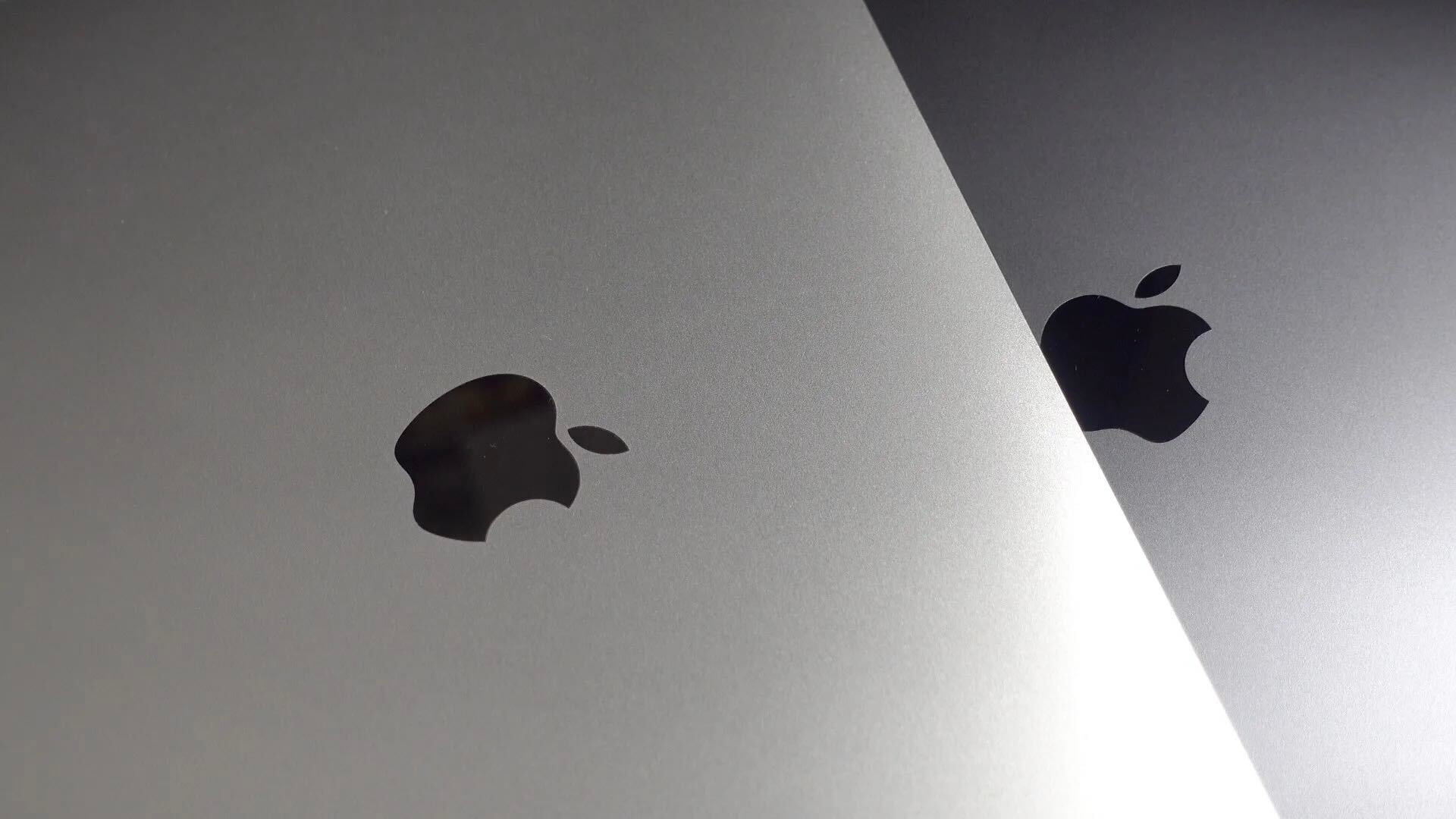
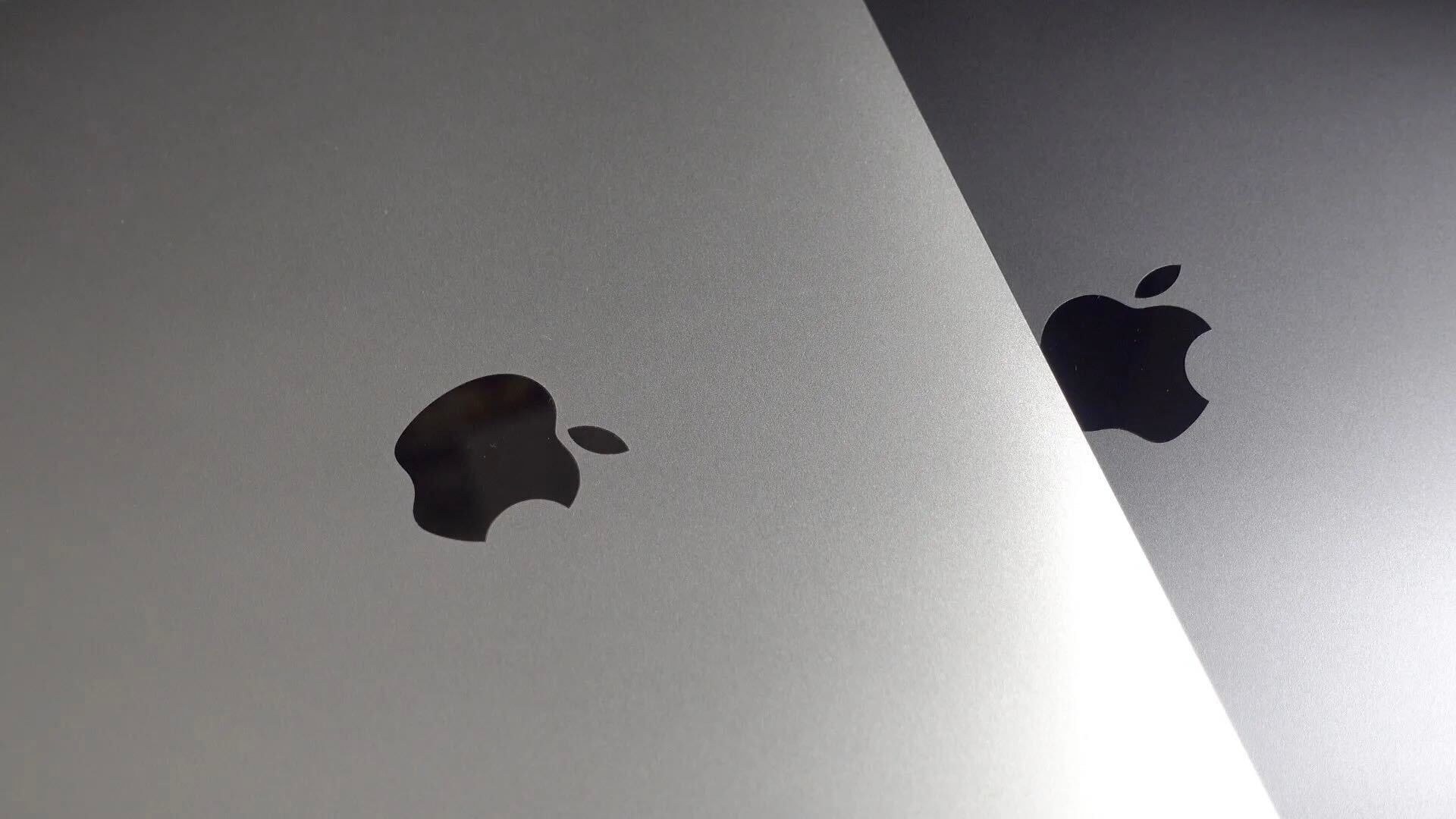

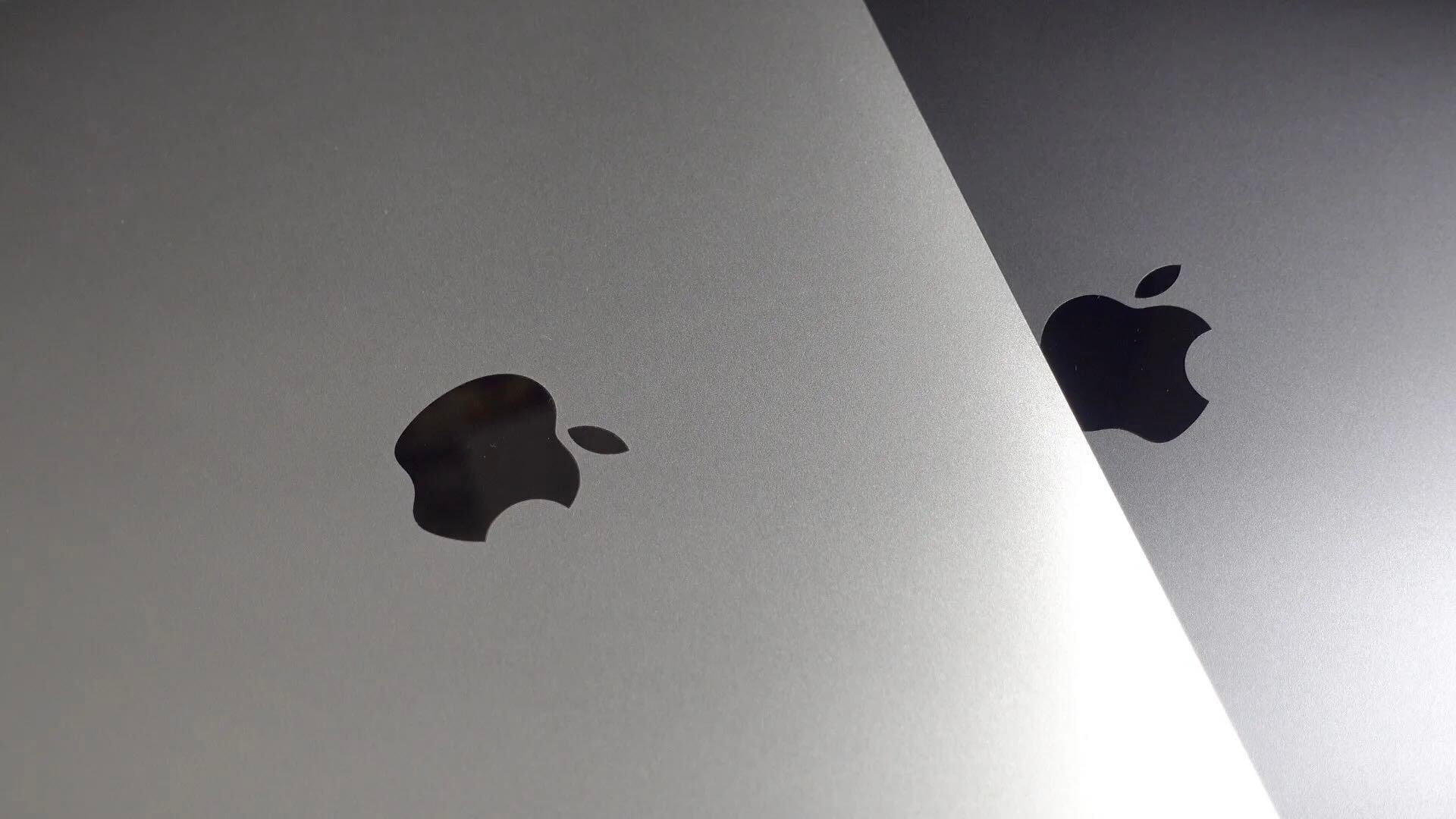




I tried to plan a road trip with Maps, and you just can’t do it. Unless you chose one of the three A-to-B options, that is. If you want to plan a scenic route between A and B – I wanted to go from San Antonio, TX to Roswell, NM on some interesting roads – it is simply not possible, as far as I could tell. There is no way to customize the routes! Pretty lame.
I’ll agree with you there. Google maps is way more flexible in customizing a route. Hopefully, this ability is on Apple’s short list.
You kind of glossed over it .. but I did find it a bit odd that one cannot directly print directions. You have need to save as a PDF first and then print. Not that big a deal I guess, just what most would consider an unnecessary step.
It’s possible to print directions directly using File > Print from the main menu. When you click on the Show Details button, you see the option to print large maps and print maps for each turn.
Geez .. I swear I looked straight at it and never saw it.
Question is not “how”. Question is “why”. Apple maps stinks. It’s full of errors, the graphics are a joke, and there’s no use for it on the desktop as long as Google maps works. This is a poorly implemented solution. Much like the rest of the iOS collateral apps. They can, and should, do better.
… so snipes a person without the courage to use anything close to a real name.
I had problems with apple maps on ios initially. But now is good the straight from laptop to device and being able to put into reminders and the data links in mail make it really handy. Apple maps now sits next to google maps on first screen on phone. I always like to ask people like Felonius for their first hand experiences that back up the comments. Google maps is still better on the iOS for the search when you are not quiet sure of whatyou are looking for.
*sent directly to your iPhone.
FINALLY!
I really wish they would implement the ability to add a searched location to an event in Calendar, directly from Maps. I don’t understand the lack of it, just seems second nature to me. Using Calendar to search for a location to add to your event vices using Maps seems counterintuitive.
I agree that feature would make sense.
Does anyone know how *not* to use Apple maps in Mavericks but stick to good-old Google maps? (If yes, please “follow up” this message with your reply.)
I have nothing against Apple trying to compete with Google on GIS (it is more likely to lead to improvements on both sides), but I have many reasons I personally want to use Google maps instead of Apple’s Maps. To start with, I like to use my MacBooks for creative work, but prefer to stick to some cheap Android device when it comes to “communication-only” hardware. I’m trying to understand if there is a “default” GIS App, which users can choose according to their taste (as we do with browsers, e.g.), or are consumers like me doomed to be walled out of the orchard? Apple’s strategies look ever more increasingly like Microsoft’s in the late 1990’s, which Steve Jobs would’ve disapproved of.
Most of the events in my calendar are “All Day Events”. I have info in the Location section of the event but Maps doesn’t seem to work with “All Day Events”. Is that really the case or do I have something set wrong?
“Map bookmarks do not sync across devices.” Actually – they do now. They appear as bookmarks kept in your address book. Now if only there was a way to show multiple bookmarks simultaneously – like for those of us who go to art fairs and want to create a map of all the fairs in the city. That’s something that G-maps can’t do on an iOS device.
I’m trying to change the scale from km to miles. Can someone tell me how to do this? Thank you!